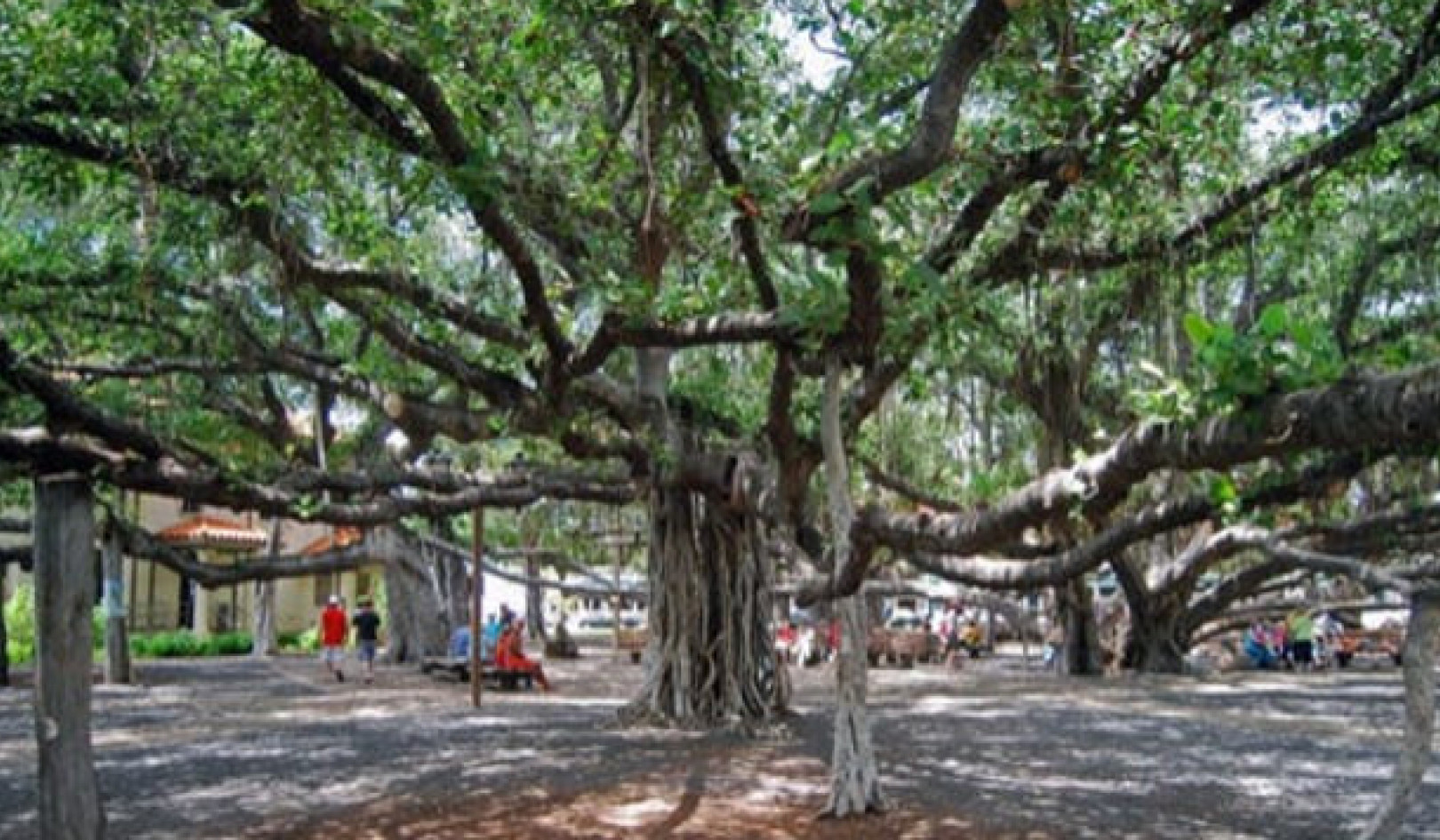 All children need to see inspiring, courageous characters–who look like them–in literature.
All children need to see inspiring, courageous characters–who look like them–in literature.
Finding children’s books with characters that look like her daughter has not been easy for Felisha Burleson of Dallas, Texas. Burleson says trips to the library with 9-year-old Niyah, who’s Mexican and African American, are often discouraging. Like many parents of color, she rarely can find books featuring people like them.
“I haven't found any books so far for [Niyah] to read that reflect either my family's racial or structural composition,” Burleson said. “I think it’s very important she see people who look similar to her and have similar culture in books so she understands that the world is diverse.” Burleson wants her daughter to feel that she has an important role in society by absorbing the contributions of characters who resemble her.
“I would like to see an inspiring story of a mixed girl who embraces her own journey in terms of happiness.”
Although Niyah has not expressed concerns with a lack of representation, Burleson believes she’ll eventually notice.
“I would like to see an inspiring story of a mixed girl who embraces her own journey in terms of happiness, education, and creativity,” Burleson said, adding that she’s frustrated with the few books she has seen that stereotype Black/mixed girls as sassy or overly outspoken. The perfect book for her daughter, she says, would feature someone who is strong yet reserved and able to build healthy relationships and resist peer pressure.
Research shows representation in the media is an important part of identity development, particularly for marginalized individuals. However, people of color continue to be underrepresented in many mainstream mediums, particularly children's literature.
Roughly 80 percent of the children’s lit industry—writers, publishers, executives, and reviewers—is white, according to a recent survey by Lee & Low Books Inc. Only 22 percent of children's books features a protagonist of color, and an even smaller percentage—12 percent— is authored or illustrated by a person of color.
The We Need Diverse Books grassroots organization in Bethesda, Maryland, is working to correct this.
Writers of color have unique hurdles to getting published.
The group advocates for fundamental changes in the publishing industry to produce and promote literature that reflects and honors the lives of all young people. Founders Ellen Oh and Malinda Lo started the organization when they also noticed the lack of diversity in children's literature.
“I've noticed exactly what the Lee & Low Diversity Survey noted,” says Jennifer Baker, a WNDB organizer who has worked in publishing for almost 15 years. “In the jobs I had, I saw very few people of color, let alone women of color, in higher roles than senior editor.”
Writers of color have unique hurdles to getting published, and WNDB, which began as a social media awareness campaign in 2014, helps them overcome these challenges by providing grants and mentorships to aid writers from marginalized communities, and internships for those wish to enter the world of publishing. Unlike many other organizations, WNDB works to increase visibility of all forms of diversity including but not limited to, sexuality, gender diversity, people with disabilities, and religious minorities. They accomplish this through programs like their Scholastic Book Club Partnership that develop a list of diverse books for middle school reading lists; funding diverse book authors with projects like the Walter Award, named after author Walter Dean Myers (1937-2014) who wrote more than 100 children books; and financially supporting writers who are unpublished through grants.
In 2016, five writer/illustrator winners of the Walter Dean Myers Grant were awarded $2,000. This year, five Internship Grant winners will receive $2,500. Including 2017 mentees, WNDB has matched more than 20 writers and illustrators each with a mentor. The winning mentees and their mentors will spend the year working together, with mentors offering guidance to writers and illustrators of diverse books for children and/or to diverse children’s book creators by establishing relationships with respected industry professionals.
Images of white culture can be seen everywhere, giving all children, particularly white children, a false image of the world's diversity.
The immediate goal is to increase the number of stories by and about diverse communities, but the group has a long-term one, too.
According to WNDB, the benefits aren’t just for children of color. For much of the world, images of white culture can be seen everywhere, giving all children, particularly white children, a false image of the world's diversity. WNDB believes that white children benefit from exposure to other cultures; they get the opportunity to appreciate all forms of diversity by building connections with characters who are both similar to and different from themselves.
WNDB also wants literature that promotes critical thinking. When Burleson’s daughter Niyah recently read a book about a Japanese boy being in an internment camp, it became an opportunity to explain to her about what people from another culture endured: why the America’s Japanese were put in concentration camps during World War II.
While marginalized people have made many important contributions throughout the world, in much of North America students read mostly about the contributions of white people.
Authors such as Jackie Brown hope to change that.
Brown set out to show a more diverse Canada in her stories. At the advice of a friend, she got to work on a historical tale about a former prime minister. But her book would be different. “I built in diversity, ensuring that kids would see that Canada, even back then, wasn’t just French and English people,” Brown recalls. “I featured the First Nations, but also the Chinese who came to build the railways, and Mifflin Gibbs, the first Black politician in Canada.”
It’s important to remember there are different experiences even within marginalization.
But she couldn’t find any publishers who were interested.
“I had a vision for the full series, including illustration, and I decided to take the whole project on and publish it myself.” It was successful. The first book, Sir John A. Macdonald: The Rascal Who Built Canada, was nominated for a Silver Birch (the Ontario Library Association award)
Brown’s work to bring diversity to children’s lit has led her to publish a magazine for autistic youth called Outfox Magazine.
What sets WNDB apart from other demographic-specific advocacy groups is that it goes beyond race and culture, focusing on all levels of diversity. “Many of the other groups aim to focus on one group, and WNDB is aiming to focus on all marginalized groups, which can be a big undertaking,” Baker explained.
It’s important to remember there are different experiences even within marginalization, Baker said, and that we must take the time to learn the specific needs of each community.
However slow the progress, deserved changes arehappening in children's literature. And parents like Burleson have hope that in the coming years a trip to the library will be more inspiring for all children.
This article originally appeared on YES! Magazine
About The Author
Rochaun Meadows-Fernandez wrote this article for YES! Magazine. Rochaun is a Wyoming-based writer. She is passionate about breastfeeding, social justice, and her family. To read more from Rochaun, see her writer’s page on Facebook, and check out her website.
Related Books:
at InnerSelf Market and Amazon

























